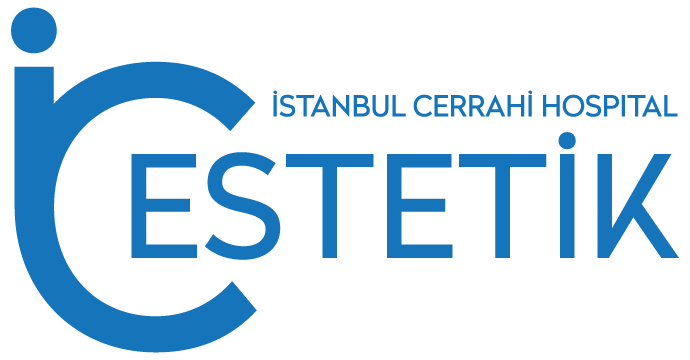DHI Hair Transplant
The DHI (Direct Hair Implantation) hair transplant method, also known as the straight hair transplant, is a popular technique known for its advantages in terms of recovery time and the ability to perform multiple hair transplants in a single session. This method aims to address hair loss areas without causing damage to existing hair, resulting in more frequent and natural-looking hair transplants.
How direct hair implantation works
The DHI (Direct Hair Implantation) technique is indeed a modified version of the FUE (Follicular Unit Extraction) hair transplantation method and follows a similar procedure. Here are the general steps involved:
- Your head will be shaved, and the surgical area will be cleaned. Local anesthesia will be administered to numb the area and ensure your comfort during the procedure.
- Using a specialized tool with a fine tip, your surgeon will extract individual hair follicles from the donor area, typically located at the back of your head. The FUE method involves extracting the follicles one by one, while DHI utilizes a pen-shaped tool to load and implant the follicles directly.
- The extracted hair follicles will be carefully loaded into the pen-shaped tool and implanted into the balding or thinning areas of your scalp. This allows for precise placement and control over the direction and angle of the transplanted hairs.
- After the procedure, an antibiotic cream may be applied to the donor and recipient sites to prevent infection. Bandages or dressings may be placed over the treated areas to protect them during the initial healing phase.
The duration of the surgery can vary depending on the number of hair follicles being transplanted, but it generally takes around 8 hours to complete. It’s important to note that the full results of the surgery may take several months to become visible. Hair growth is a gradual process, and it can take approximately 12 to 18 months to see the final outcome of the hair transplant.
Who needs a DHI procedure?
Individuals with androgenic alopecia, which is the most common type of hair loss, are indeed good candidates for hair implantation procedures. This condition is often referred to as male or female pattern hair loss.
In addition to androgenic alopecia, several other characteristics can make someone a suitable candidate for hair transplantation:
Age: It is generally recommended that individuals seeking hair implants should be over the age of 25. Hair loss before this age can be more unpredictable, and it’s important to assess the stability of the hair loss pattern before proceeding with transplantation.
Hair diameter: People with thicker hair tend to achieve better results compared to those with thinner hair. Thicker hair provides better coverage for each transplanted hair follicle.
Donor hair density: Individuals with a hair density of fewer than 40 follicles per square centimeter at the donor site may be considered less ideal candidates for hair transplants. Sufficient donor hair availability is crucial for achieving desired outcomes.
Hair color: Individuals with lighter hair or hair color that closely matches their skin tone often achieve more natural-looking results, as the contrast between the hair and scalp is minimized.
Expectations: Having realistic expectations is vital for a successful hair transplant outcome. Understanding the limitations of the procedure and having reasonable goals can contribute to higher satisfaction with the results.





